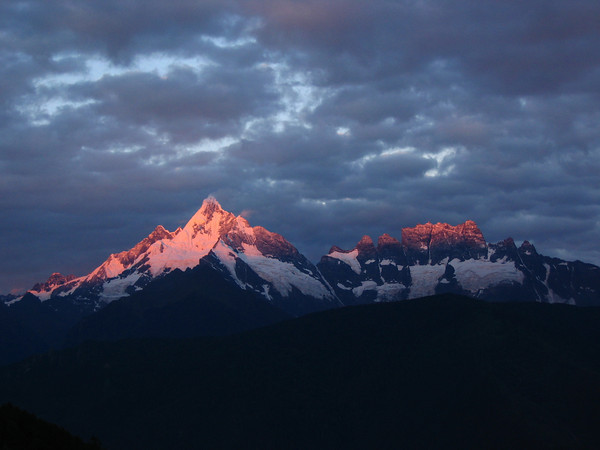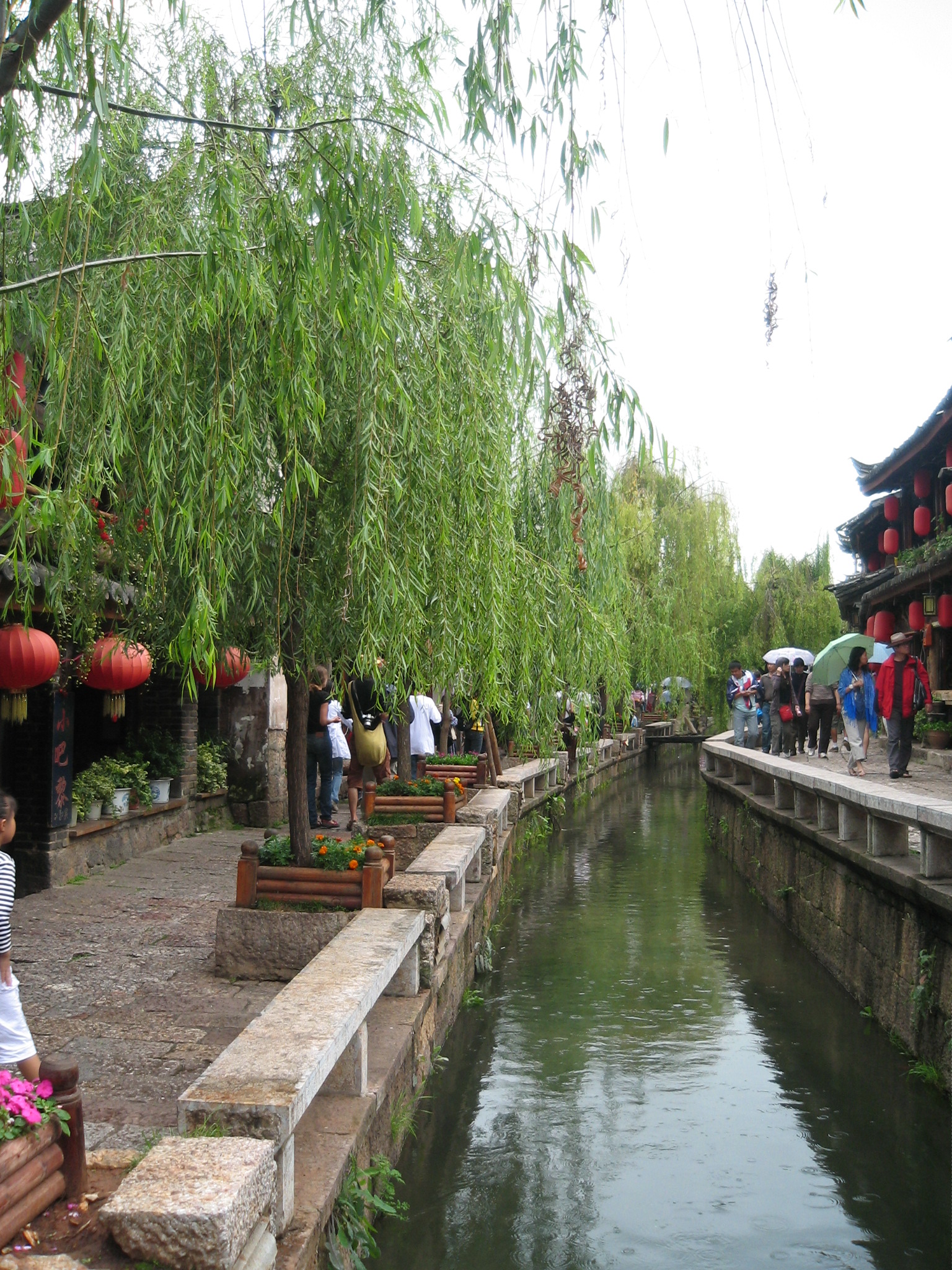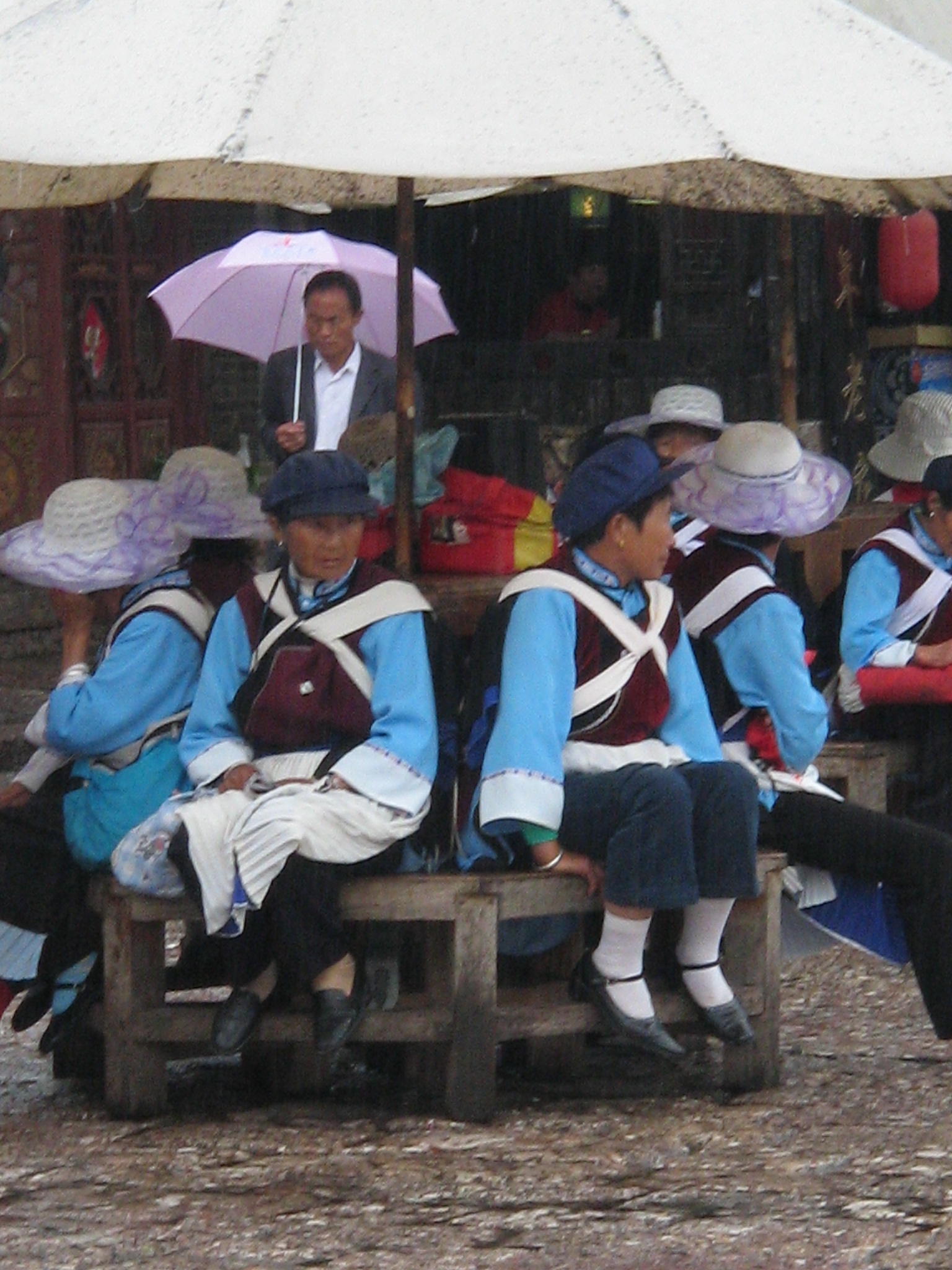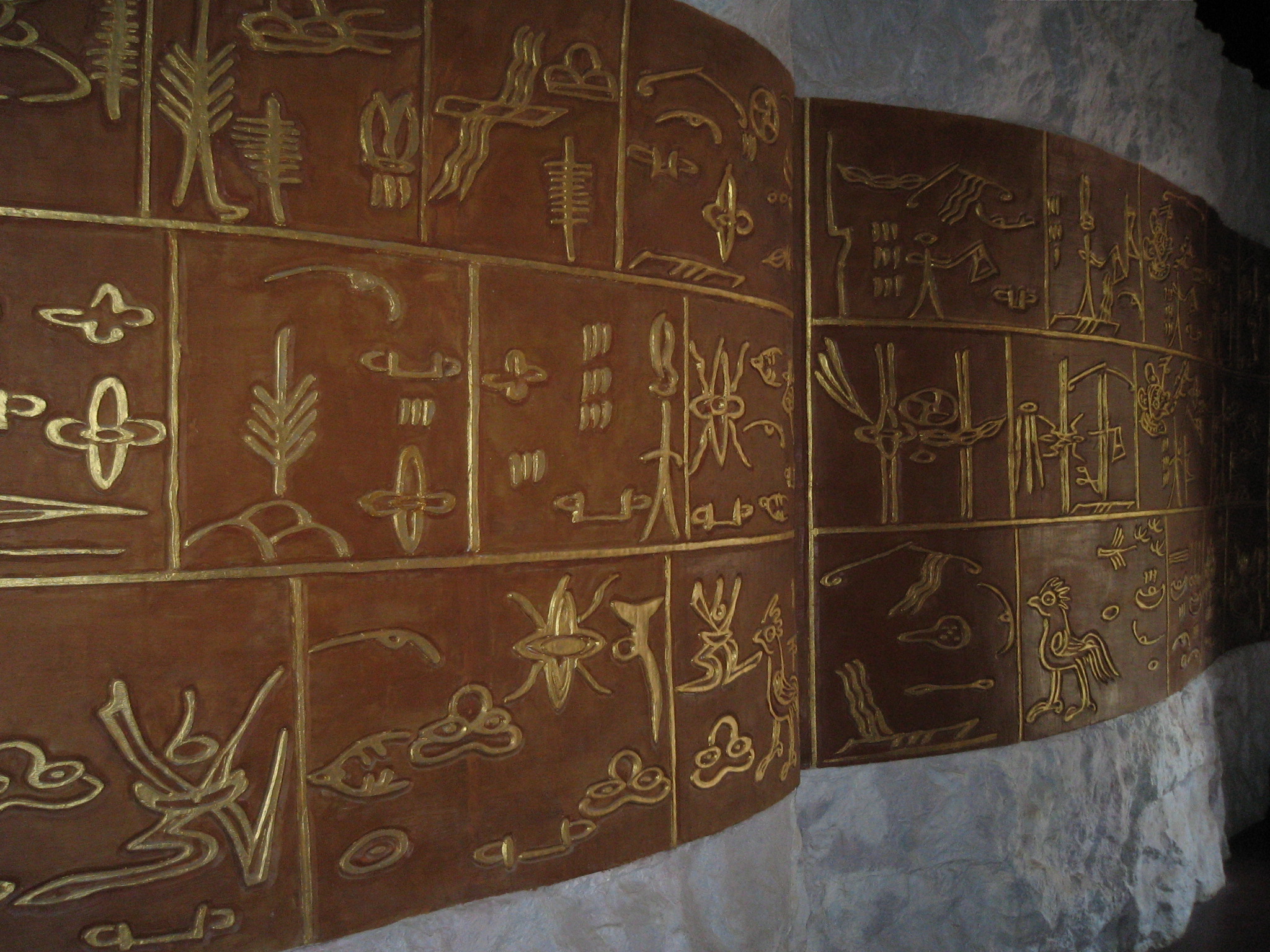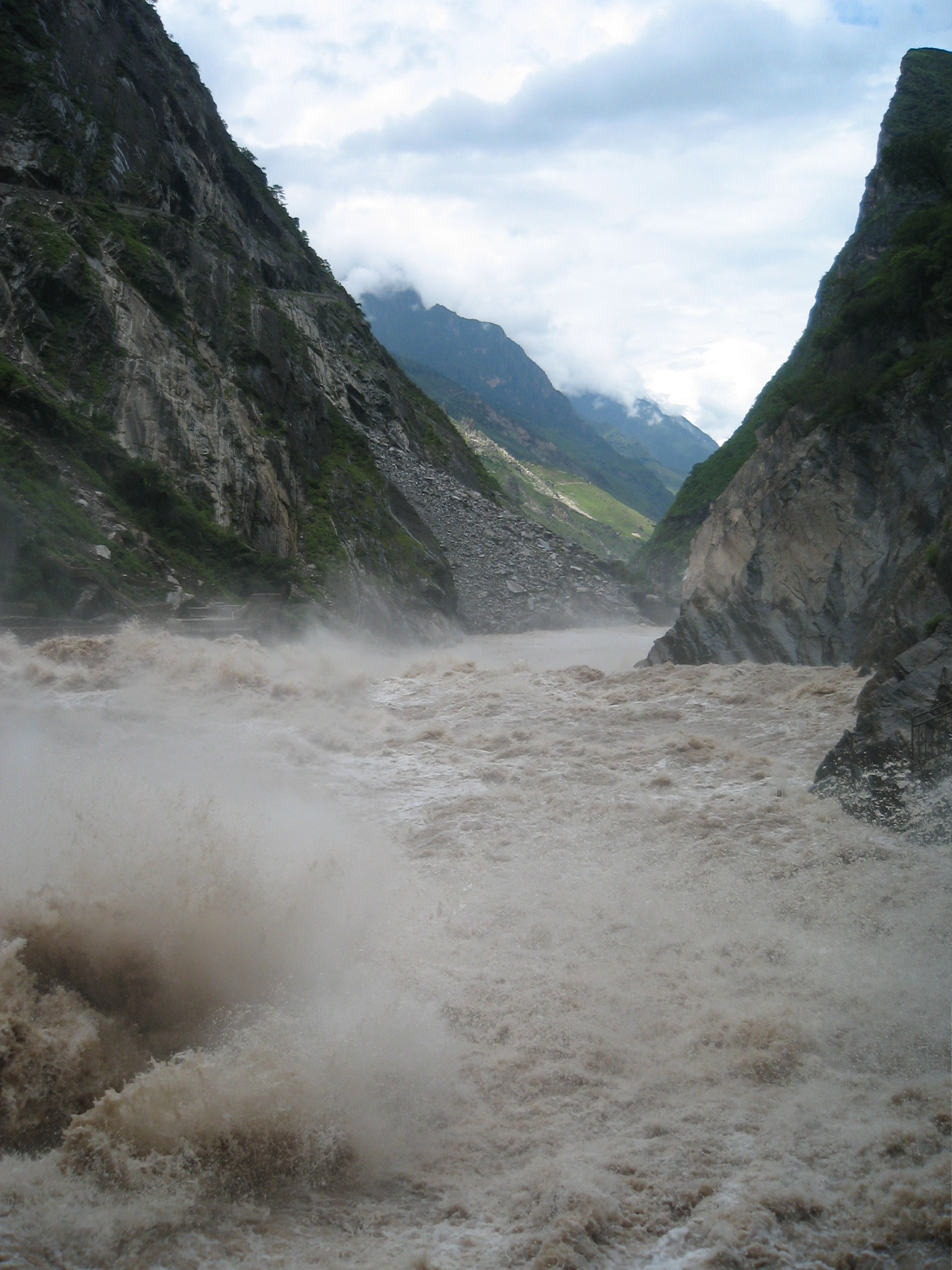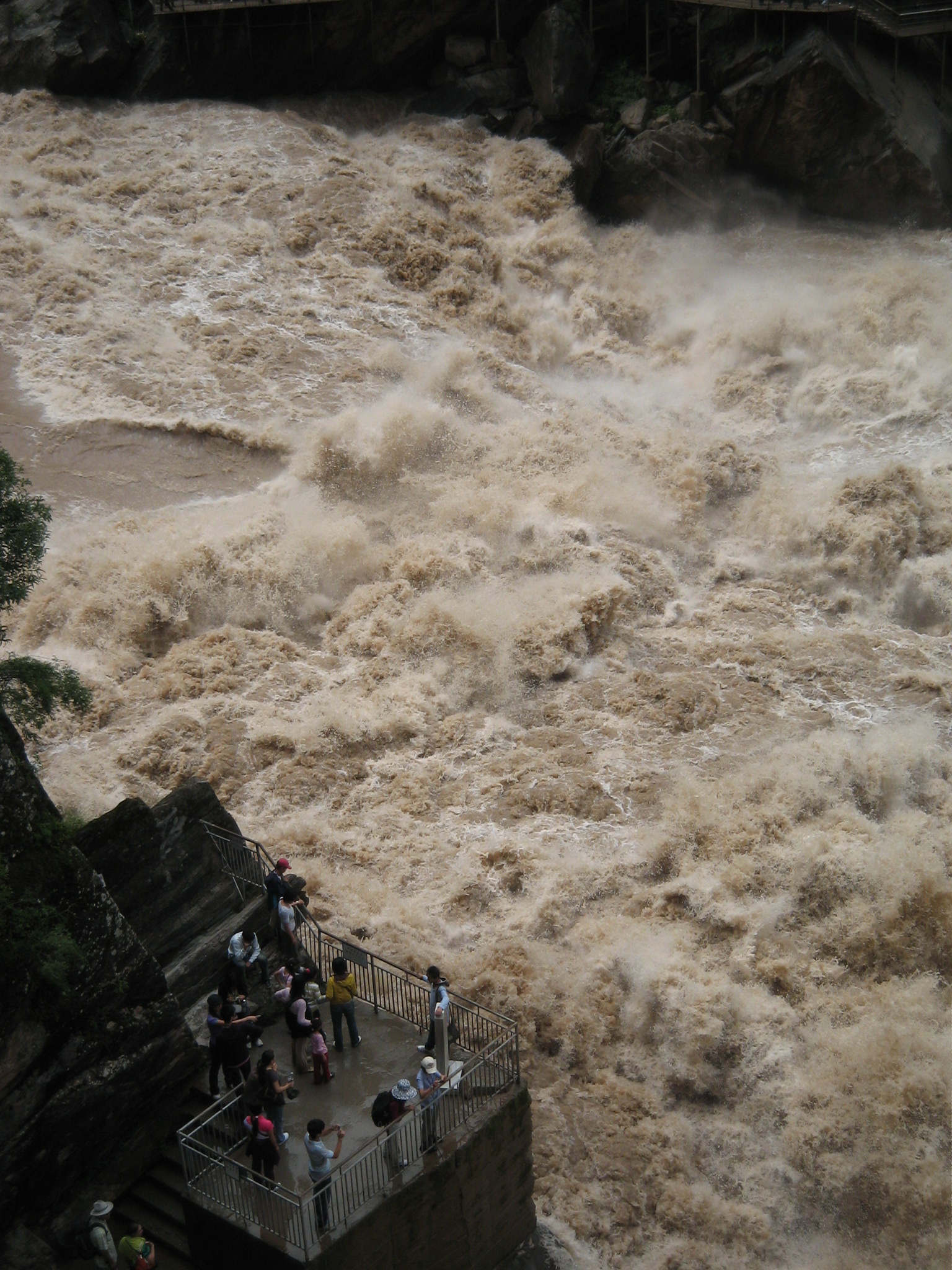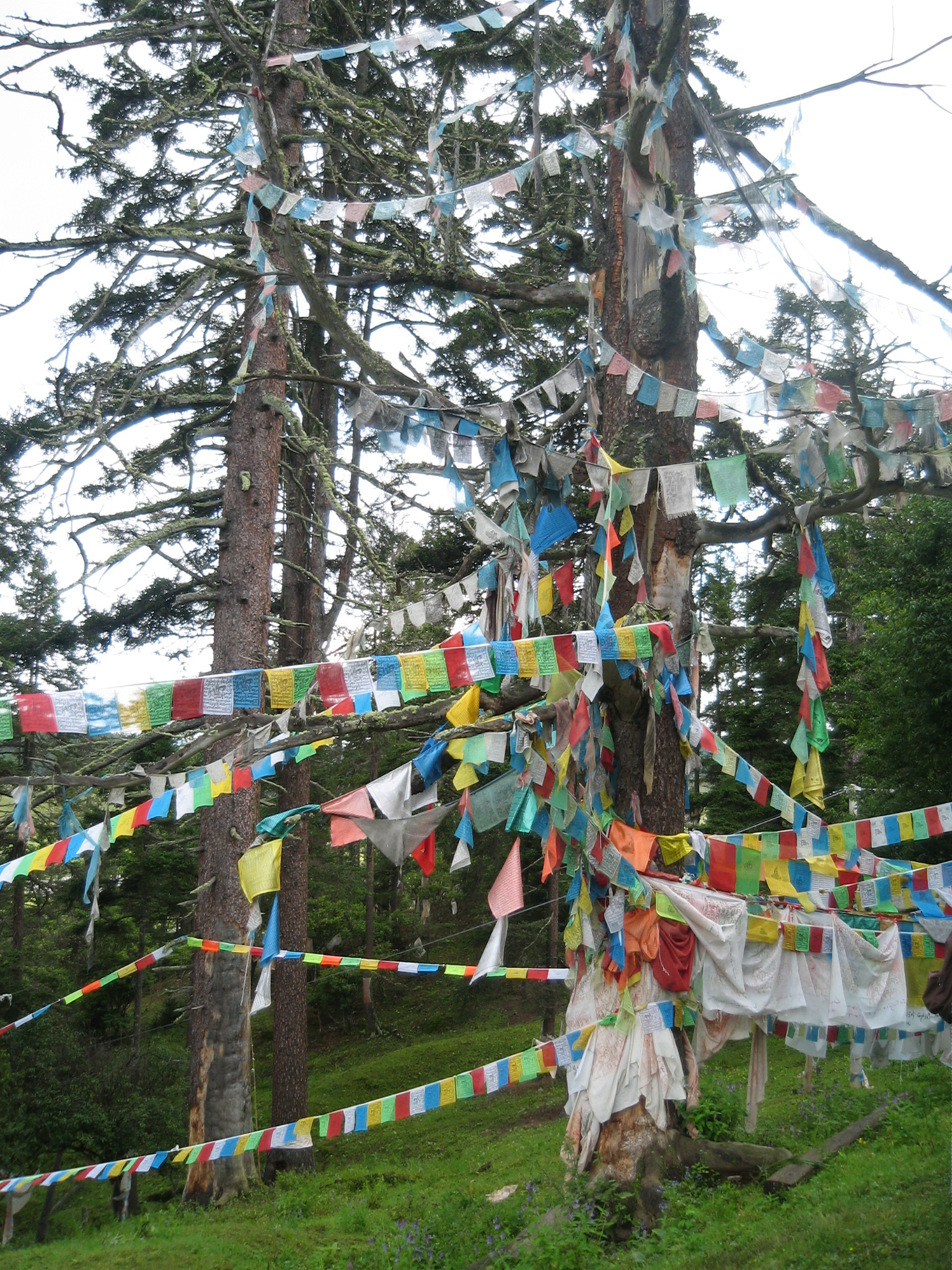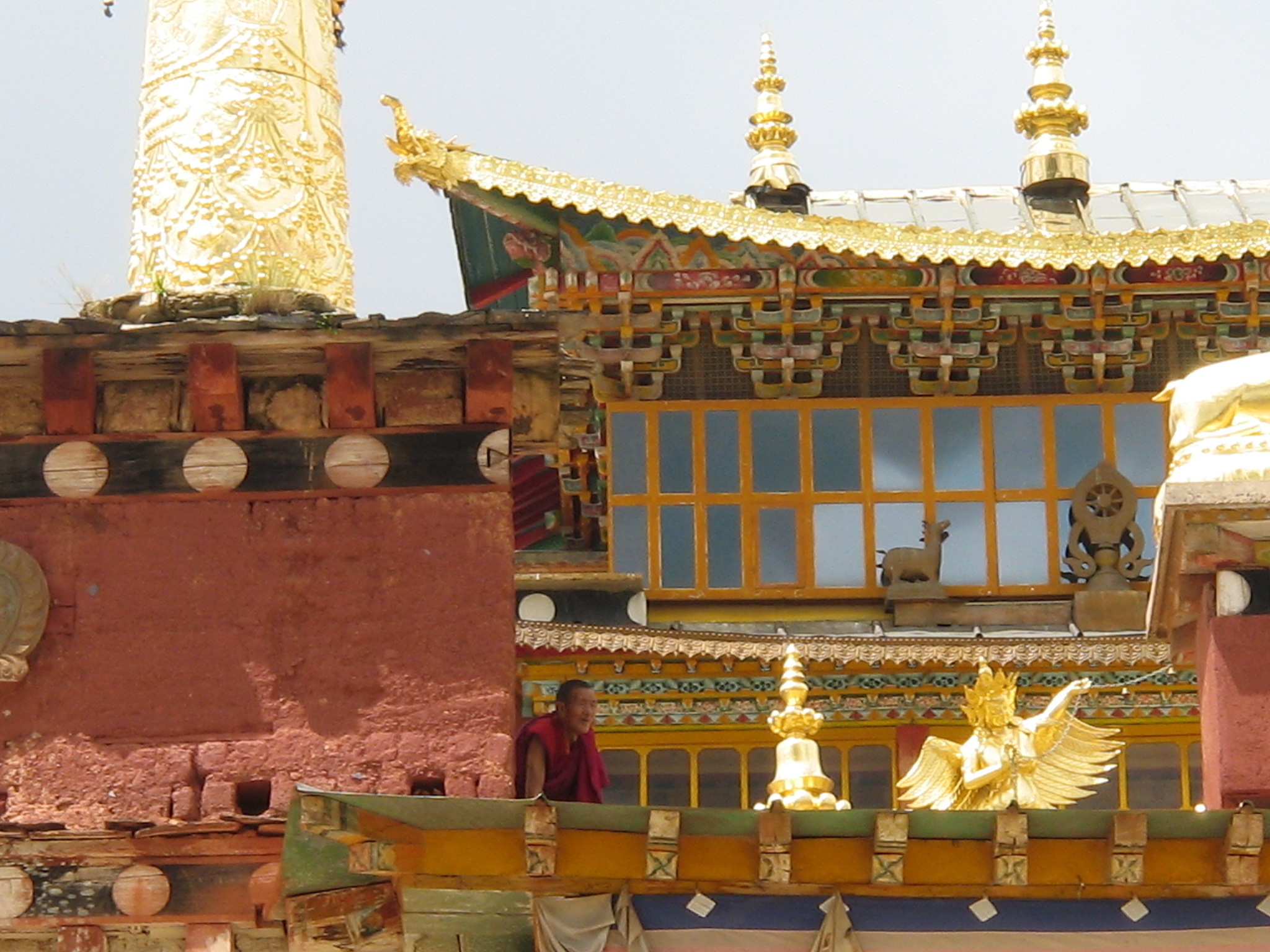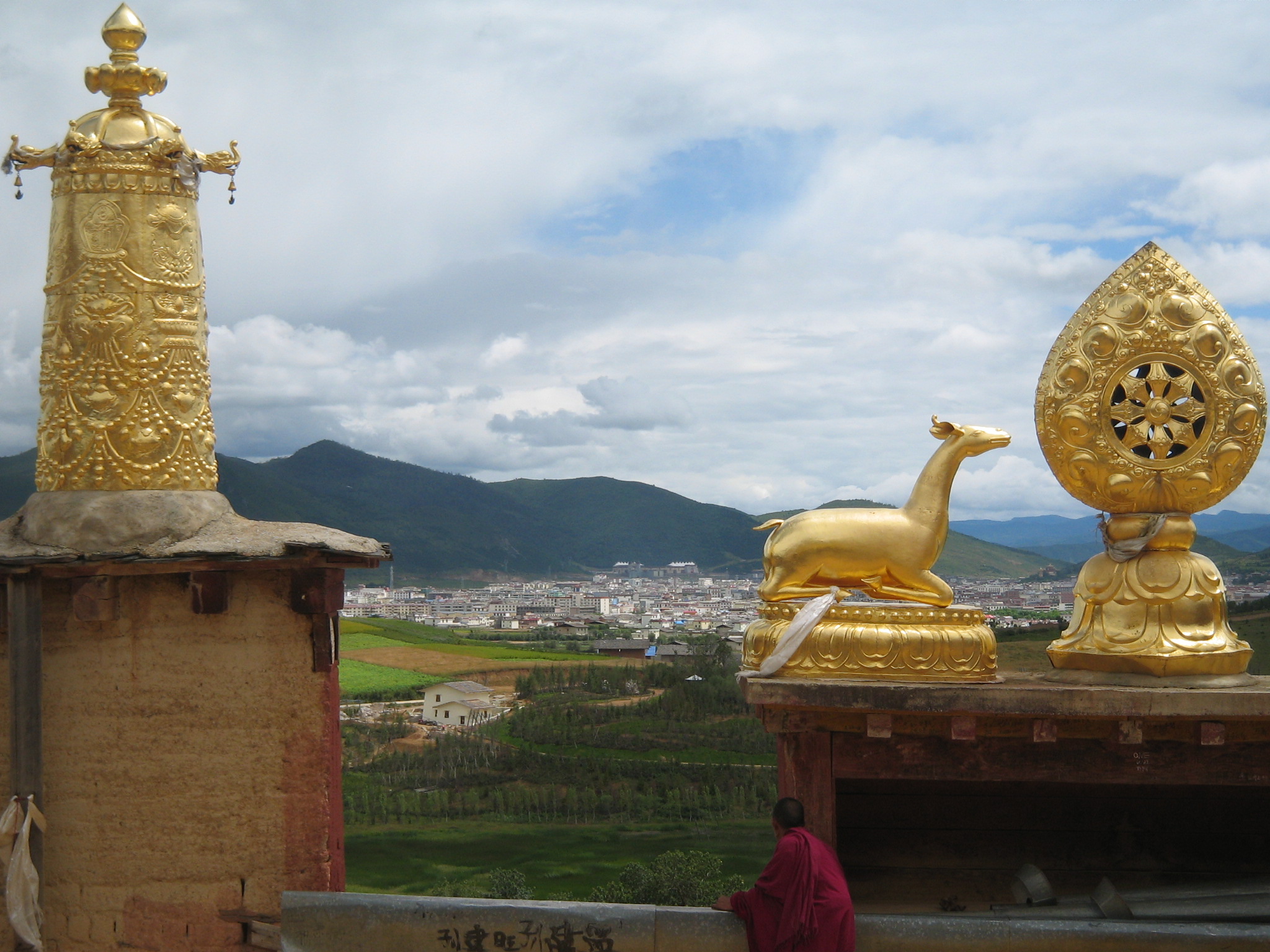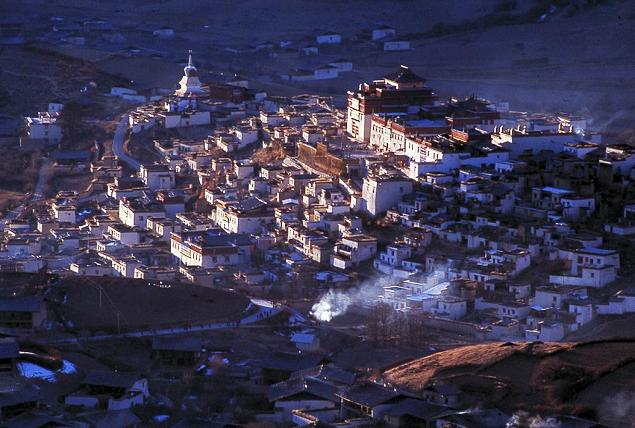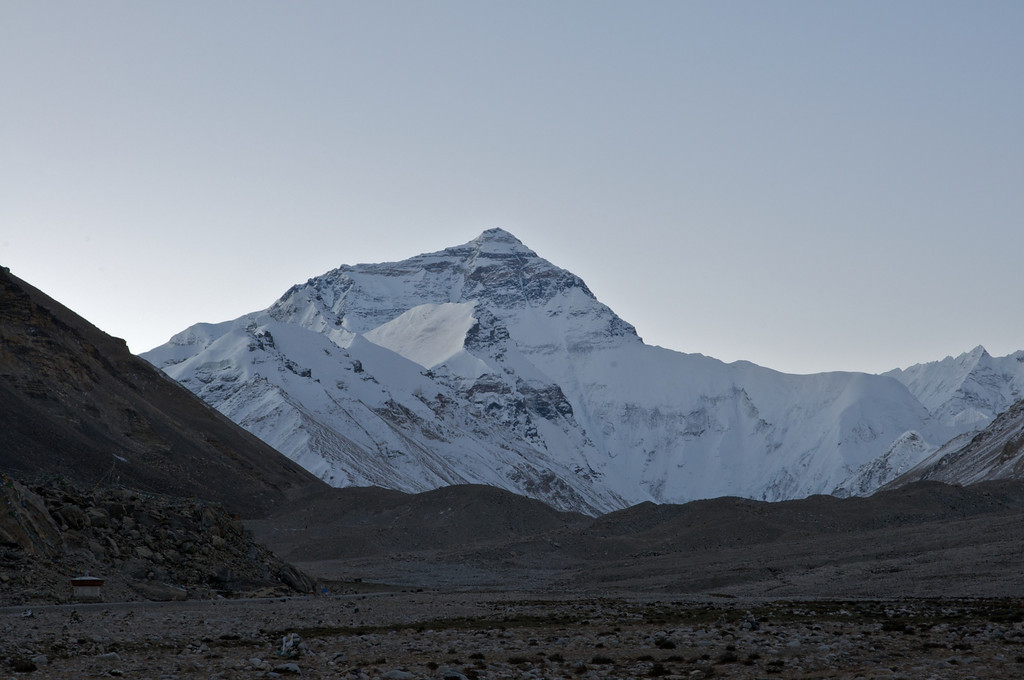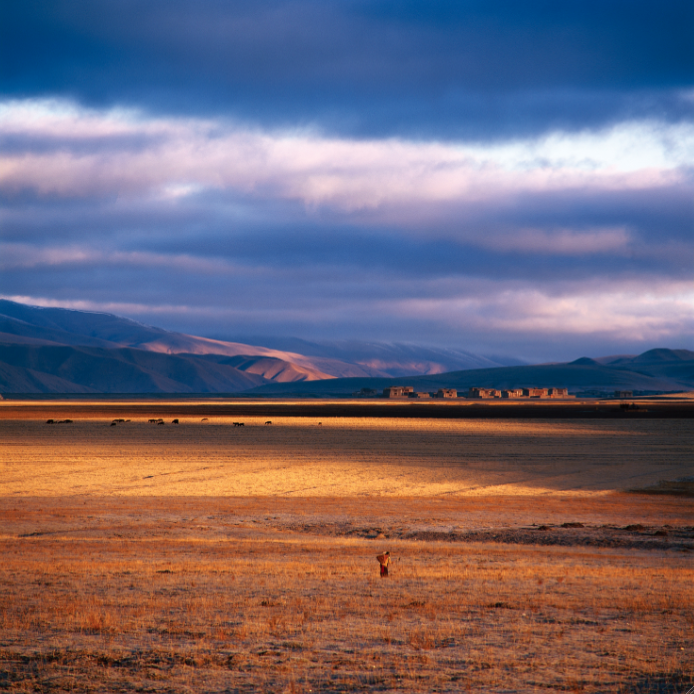Yunnan continues to be an inspiration for interesting commentary, with National Geographic‘s May 2009 issue featuring a piece on Shangri-la (Zhongdian). Mark Jenkins explores this “complicated” and “confounding” Tibetan town in southwest China and the competing visions for its future. Will tourism and development invariably lead this area to lose all of its mythical and spiritual qualities?
As Jenkins notes, “tourism saved the place” after the Chinese government banned commercial logging in 1998; but that, in turn, has led to the commercialization of Tibetan culture. This trend — seen in many other hidden gems in the developing world — is certainly troubling. But as travelers, that doesn’t automatically mean we should stop visiting such places, which still have a lot to teach us about traditional lifestyles and choices.
True, like Jenkins, you might be disappointed by the presence of tourist shops or the jarring sight of a young Buddhist pilgrim listening to music blaring from an MP3 player. But as he also found, a visit to the greater Shangri-La area can offer great insight into Yunnan’s stunning biodiversity and its ethnic minorities.
For AsiaTravel, our goal of responsible travel includes providing travelers a greater understanding of local cultural and environmental issues. Put into practice, that means visiting the Three Parallel Rivers area, the UNESCO World Heritage site referenced in the article, with academic experts who can tell us about community and government efforts to tackle issues like environmental degradation and surging energy demands.
It means visiting Songzanlin Monastery, also referred to by Jenkins, but having monks guide us through areas normally off-limits and having tea with a top lama in his private chambers. And it means visiting local families in surrounding Tibetan villages, like Hamagu, where World Wildlife Fund (WWF) is working to build support for sustainable tourism as an alternative source of income to logging.
The NatGeo piece is a good reminder to us that we might not always like what economic development brings, but that as travelers, we can play a part in how cultural and environmental heritage is appreciated and preserved.

